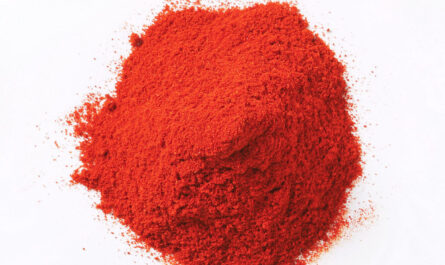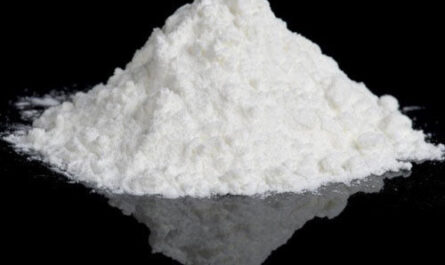A) Market Overview:
The global Agricultural Testing Market is estimated to be valued at USD 5,427.4 million in 2021 and is projected to exhibit a CAGR of 5.67% over the forecast period from 2022 to 2030, according to a new report published by Coherent Market Insights.
Agricultural testing encompasses a wide range of testing services and analysis, including soil testing, water testing, pesticide residue analysis, seed quality testing, and more. These tests provide vital information and data to farmers, breeders, and regulatory bodies in order to make informed decisions regarding crop management, soil health, and the overall quality and safety of agricultural produce.
B) Market Dynamics:
The agricultural testing market is driven by various factors, including:
1. Increasing concerns about food safety:
As the global population continues to grow, ensuring the safety and quality of agricultural produce becomes paramount. The demand for rigorous testing for contaminants such as pesticides, heavy metals, allergens, and microbial pathogens is increasing to meet stringent food safety regulations.
For example, in the United States, the Food Safety Modernization Act (FSMA) has mandated increased testing and monitoring of food products to prevent foodborne illnesses. This has resulted in a higher demand for agricultural testing services.
2. Growing adoption of precision agriculture techniques:
Precision agriculture techniques, such as variable rate fertilization and targeted irrigation, rely on accurate soil testing and analysis. By understanding the nutrient content and composition of the soil, farmers can optimize fertilizer and water usage, resulting in improved crop yields and reduced environmental impact.
Precision agriculture is gaining popularity globally as farmers aim to maximize productivity while minimizing resource waste. This trend is driving the demand for advanced soil testing methods and technologies.
C) Market Key Trends:
One key trend in the agricultural testing market is the increasing adoption of rapid testing methods. Traditional testing methods often involve sending samples to laboratories, which can be time-consuming and costly. However, advancements in technologies such as portable analyzers and on-site testing kits are enabling farmers and agricultural professionals to obtain quick and accurate test results on-site.
For example, handheld devices that use spectroscopy techniques can provide instant analysis of soil composition, allowing farmers to make immediate infield decisions. This trend towards rapid testing methods is expected to continue as it offers convenience, cost-effectiveness, and real-time decision-making capabilities.
D) SWOT Analysis:
Strength: The agricultural testing market benefits from the increasing focus on food safety and government regulations, driving the demand for comprehensive testing services.
Weakness: Limited awareness and knowledge about the importance of agricultural testing in certain regions could restrain market growth.
Opportunity: The emergence of precision agriculture and the digitalization of farming practices present opportunities for agricultural testing service providers to offer integrated solutions that combine data analytics with testing services.
Threats: Competition from local/regional testing laboratories and budget constraints of small-scale farmers could pose challenges to market growth.
E) Key Takeaways:
In terms of market size, the global Agricultural Testing Market Size is expected to witness significant growth, with a projected CAGR of 5.67% over the forecast period. This growth can be attributed to the increasing concerns about food safety and the growing adoption of precision agriculture techniques.
Regionally, North America is expected to dominate the market due to stringent food safety regulations and advanced agricultural practices. However, Asia Pacific is anticipated to witness the highest growth rate, driven by factors such as increasing population, rising disposable incomes, and improving agricultural infrastructure.
Key players operating in the global Agricultural Testing Market include Eurofins Scientific, Agilent Technologies Inc., SCS Global Services, Bureau Veritas SA, ALS Limited, Element Materials Technology (EXOVA), TUV Nord Group, Apal Agricultural Laboratory, Intertek Group PLC, EMD Millipore Corporation (Millipore Sigma), BioMerieux SA, Aurea AgroSciences, 3M Company, Charm Sciences Inc., Neogen Corporation, and Biolumix. These players focus on technological advancements, strategic collaborations, and geographical expansions to gain a competitive edge in the market.
Overall, the agricultural testing market is poised for significant growth as the demand for safe and high-quality agricultural produce continues to rise, urging the need for rigorous testing and analysis throughout the value chain.




